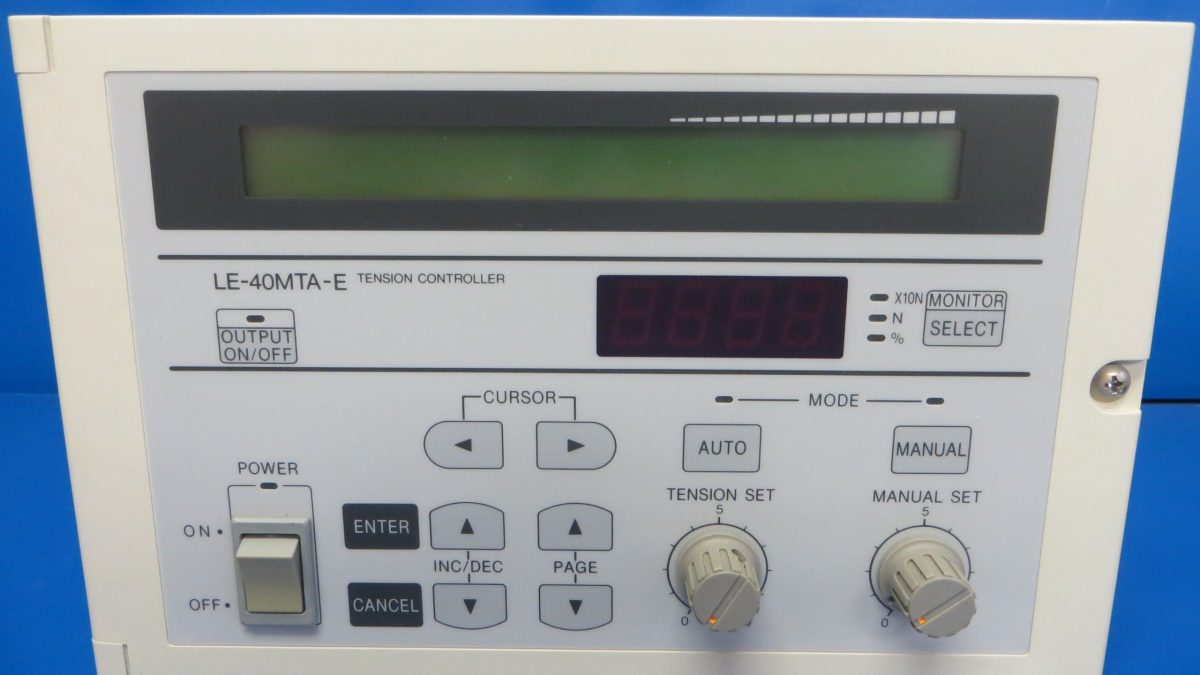1. EXECUTIVE SUMMARY
- CVSS v3 7.5
- ATTENTION: Exploitable remotely/low skill level to exploit
- Vendor: Mitsubishi Electric Corporation
- Equipment: GOT and Tension Controller
- Vulnerability: Out-of-bounds Read
2. RISK EVALUATION
Successful exploitation of this vulnerability could allow attackers to cause deterioration of communication performance or cause a denial-of-service condition of the TCP communication functions of the products.
3. TECHNICAL DETAILS
3.1 AFFECTED PRODUCTS
Mitsubishi Electric reports that the vulnerability affects the following human-machine interface (GOT) and Tension Controller products:
- GOT2000 series, GT21 model:
- GT2107-WTBD All versions
- GT2107-WTSD All versions
- GT2104-RTBD All versions
- GT2104-PMBD All versions
- GT2103-PMBD All versions
- GOT SIMPLE series, GS21 model:
- GS2110-WTBD All versions
- GS2107-WTBD All versions
- Tension Controller
- LE7-40GU-L All versions
3.2 VULNERABILITY OVERVIEW
3.2.1 OUT-OF-BOUNDS READ CWE-125
There is an out-of-bounds read vulnerability that may allow attackers to cause deterioration in communication performance or cause a denial-of-service condition of the TCP communication functions of the products by sending specially crafted packets.
CVE-2020-5675 has been assigned to this vulnerability. A CVSS v3 base score of 7.5 has been calculated; the CVSS vector string is (AV:N/AC:L/PR:N/UI:N/S:U/C:N/I:N/A:H).
3.3 BACKGROUND
- CRITICAL INFRASTRUCTURE SECTORS: Critical Manufacturing
- COUNTRIES/AREAS DEPLOYED: Worldwide
- COMPANY HEADQUARTERS LOCATION: Japan
3.4 RESEARCHER
Mitsubishi Electric reported this vulnerability to CISA.
4. MITIGATIONS
Mitsubishi Electric will release a fixed version in the near future. Until then, they ask that users restrict access to the product only from trusted networks and hosts.
Please refer to the Mitsubishi Electric website for details.
Additional information about the vulnerability or Mitsubishi Electric’s recommendation is available by contacting a Mitsubishi Electric representative.
CISA recommends users take defensive measures to minimize the risk of exploitation of this vulnerability. Specifically, users should:
- Minimize network exposure for all control system devices and/or systems, and ensure that they are not accessible from the Internet.
- Locate control system networks and remote devices behind firewalls, and isolate them from the business network.
- When remote access is required, use secure methods, such as Virtual Private Networks (VPNs), recognizing that VPNs may have vulnerabilities and should be updated to the most current version available. Also recognize that VPN is only as secure as the connected devices.
CISA reminds organizations to perform proper impact analysis and risk assessment prior to deploying defensive measures.
CISA also provides a section for control systems security recommended practices on the ICS webpage on us-cert.cisa.gov. Several recommended practices are available for reading and download, including Improving Industrial Control Systems Cybersecurity with Defense-in-Depth Strategies.
Additional mitigation guidance and recommended practices are publicly available on the ICS webpage on us-cert.cisa.gov in the Technical Information Paper, ICS-TIP-12-146-01B–Targeted Cyber Intrusion Detection and Mitigation Strategies.
Organizations observing any suspected malicious activity should follow their established internal procedures and report their findings to CISA for tracking and correlation against other incidents.
No known public exploits specifically target this vulnerability.
Source:


Stay connected